I’m sure that if you are reading this and have been in therapy before, or have any experience in the wellness or mental health industry, you are no stranger to the word balance. Balance can be seen in nearly every aspect of our world – from the global economy to the environment. The dictionary defines the word balance as “a condition in which different elements are equal or in the correct proportions.” Those who are familiar with yoga, meditation, martial arts and other forms of wellness and athletics know that it is a foundational pillar for a lot of important work. But why is it really significant when talking about our mental health? Well for starters, balance is a thematically pervasive idea in human psychology and behavior.
A noteworthy example of balance in human psychology can be seen when discussing issues related to dependency. While different therapists may use different terminology in discussing this nuanced issue, I am inclined to discuss it on a spectrum in which, on one end, dependency/codependency exist and the other extreme end, we find what I like to refer to as, “Undependence.” Dependent/co-dependent dynamics are relationships in which one adult finds themselves feeling as though they need the other in order to survive or function, and that they are unable to deal with life without the other taking care of the majority of the adult responsibilities. The co-dependent person then feels compelled to swoop in and take care of or rescue the dependent person out of a sense of guilt or obligation, adopting a sort of martyr-like persona in which they neglect their own healthy needs for those of the dependent person. The co-dependent person may make excuses for their actions, saying things like, “well this is what I’m supposed to do,” or even reinforcing the dependency by falling prey to the idea that the other person could not handle life without their significant involvement. These sorts of dynamics can be fraught with unhealthy and dysfunctional patterns of behavior that prevent either person from achieving real autonomous growth.
On the other extreme of the spectrum, we find “Undependent” people. These individuals often live their lives on a metaphorical island, choosing to avoid relationships and striving to be as self-reliant as possible. Often these people view relationships with others as fruitless and see other’s interaction with them as incumbering and tiresome. The Undependent person feels that by allowing others into their lives, they will essentially cause them harm and unmanageability in life and that any form of intimate relationships is to be minimized or avoided at all costs. As you can (hopefully) imagine, neither of these extremes are sustainable in modern life and can cause those that exist in them considerable pain over time. This is where we consider the fully unattainable but aspirational balance point of independence. Independence, despite some of what its connotation might imply, deals with the idea that as individuals, we are capable of existing autonomously; living within our own healthy ego state, with our own goals, aspirations, morals and values, but simultaneously choosing to include others in our lives, because we recognize the inherent value of relationships. With independence (sometimes referred to as interdependence) we feel free to be ourselves as individuals in relationships with others, and do not live in fear that we will lose that healthy self to the relationship, but rather that the relationship can further enhance our best qualities that already exist within us. Again, as with all concepts I talk about in this blog post, perfect balance regarding independence is unattainable, but it is a far healthier ideal to strive for than any extreme.
Another example of balance in human behavior can be seen in our communication and engagement with others. Traditional thought and research on the subject points to three major types of communication: Aggressive, Passive and Assertive (Passive-Aggressive is a fourth that we can deal with later). Aggressive Communication might involve attempts to intimidate or belittle others in an effort to dominate interactions and is often ineffective and off-putting. What does this look like? This might be the loud co-worker who is somehow always the center of attention, cracking jokes at the expense of others. This could be a relative who insists that it is their way or the “highway” in regards to family functions. At the other extreme we have Passive Communication which includes avoidance, indifference, and a tendency to submit to the will of others, and is often unproductive and yields little benefit in interactions. This might be the cashier who never says “no” when asked to pick up another person’s shift, even when it is entirely inconvenient for them. It could be the girlfriend in a relationship who thinks it’s “easier to just not say anything” than to bring up issues of concern. This brings us to Assertive Communication. When an individual engages another assertively, he or she tends to use “I” statements more frequently and express their feelings, opinions, and needs more directly, while maintaining a healthy degree of consideration and respect for the other people they are in communication with. Assertiveness is the middle ground here as well and represents another example of the importance of balance in effective human interaction.
We can find another case for the importance of balance in parenting styles. Assuming we rule out the Uninvolved Parent, we are left with the Authoritarian Parent, who uses irrational anger, fear and even corporal punishment to influence their child’s behavior; The Permissive Parent, who allows their child free reign and few boundaries and limits in their parenting style; and finally the Authoritative Parent, who implements rules and consequences for the child, but takes the time to explain the rationale for any potential punishments, and conversely provides rewards for good behavior. Again, it is not difficult to identify the healthy balance point of Authoritative Parenting as a means to best aid children in their understanding of rules, order, and consequences in a way that better prepares them to develop into logical, law abiding citizens as adults. While certainly there are a multitude of other variables that factor into a child’s development, a preponderance of evidence exists that supports Authoritative Parenting as a style that tends to lend itself to the stable development of children.
As with all theoretical approaches, outliers and exceptions will always exist, but if we examine the trend in just these three examples in human psychology and behavior, it becomes easier to appreciate the importance of balance in our lives. Like riding a bike, balance is something that we strive to accomplish, but that doesn’t mean we won’t lose it from time to time. When the road of life is filled with potholes, sharp curves and bumps along the way, it can be easy to lose one’s balance. Modern life can pull us in a lot of different directions every day, and while perfect balance, like the pursuit of perfection in any dimension of human life is impossible, it is a worthwhile and healthy goal to pursue. In my work with clients, I often bring the concept of balance into the conversation. It can provide individuals with a healthy sense of management over their lives and the ability to regulate how much energy they invest in their daily activities and interactions.
